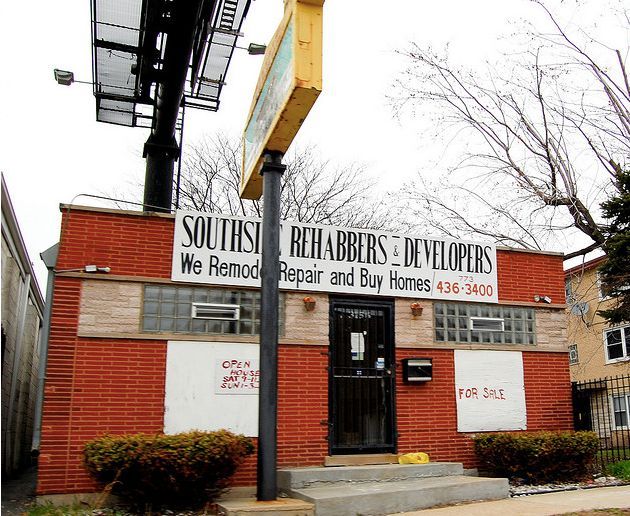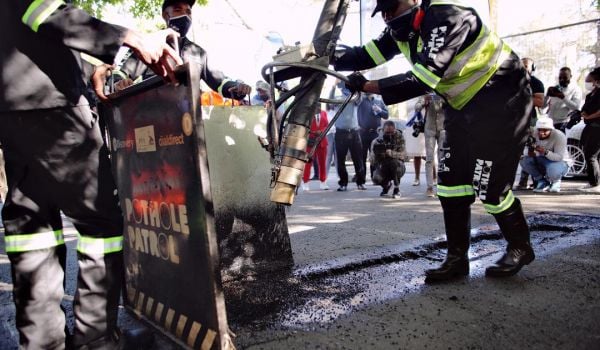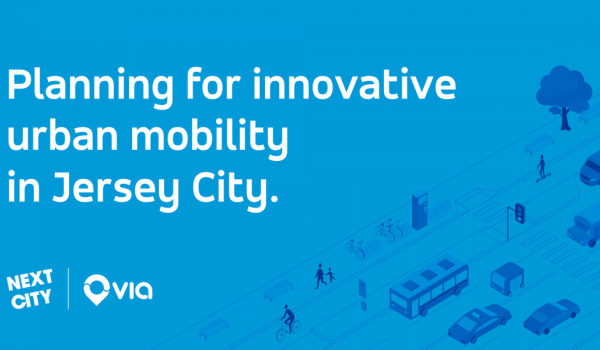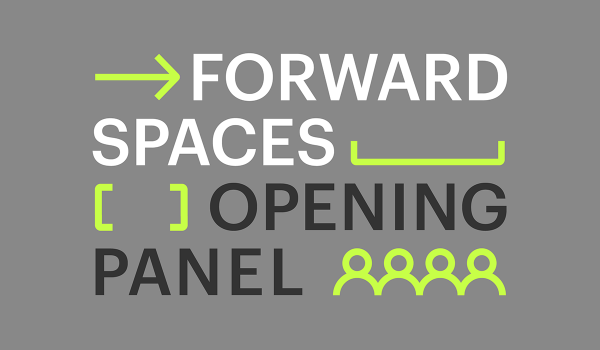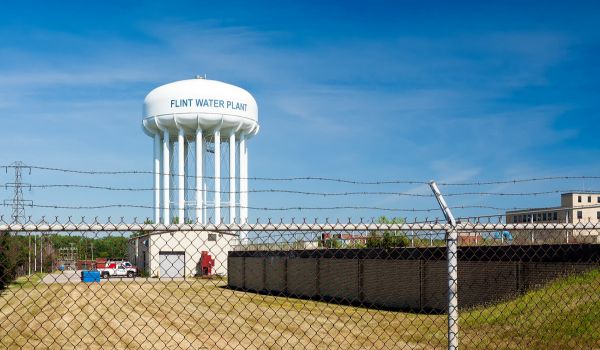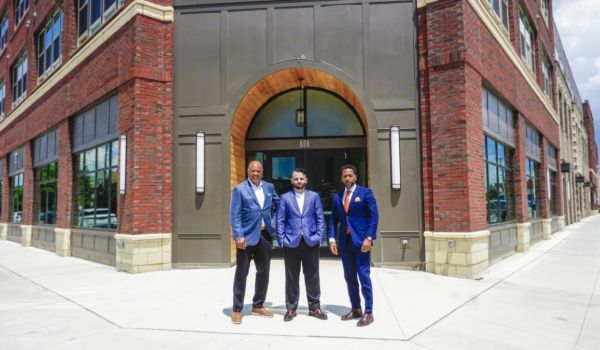Mounting economic pressures, rising costs and diminishing returns have forced many hospitals to begin operating as large corporations, rather than charities, or face bankruptcy and closure. But does that mean they’re going to forget their original charitable mission? After a nearly 786 million dollar renovation and reconstruction, the Nationwide Children’s Hospital in Columbus, Ohio is trying to do otherwise.
Nationwide Children’s Hospital, ranked as one of the top 10 pediatric hospitals in the United States, has partnered with the City of Columbus and many local groups in creating the Healthy Neighborhoods, Healthy Families program.
The signature piece of the program is Healthy Homes, an affordable housing initiative that is taking hold of 38 blocks of Columbus’ Southside. A partnership between the city, the hospital, the United Way and the faith-based non-profit Community Development For All People, the program has aimed at improving existing housing stock in the area and making it available to lower-income households. By providing several million dollars in seed money, the hospital has helped take the abandoned and dilapidated housing surrounding it and renovated it back to living standards. Originally, the program hoped to flip between 40 and 60 houses by 2013.
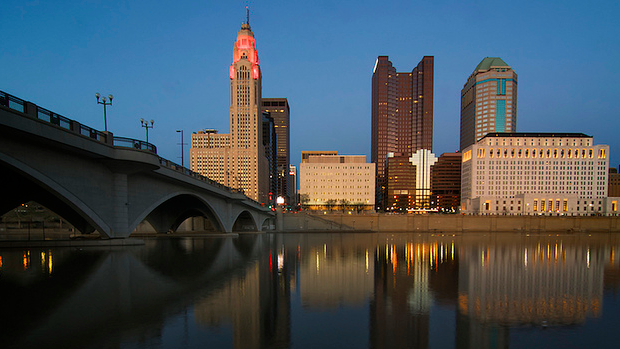
The City of Columbus is one of the hospital’s partners in the program. Credit: Stephen Wolfe on Flickr
Grants from the organization have also been given to local homeowners for improvements. By the end of 2012, they will have renovated nearly 100 houses. In an interview with Columbus Business First, Angela Mingo, the hospital’s director of community relations, said she believes that “housing and health and wellness go hand in hand.”
The program also includes a volunteer service for hospital employees to teach supplementary classes at a local elementary school, which will range in subject matter from from babysitting classes to CPR training to family literacy. The hospital has also backed a $15 million road improvement plan from the city that would also include better lighting and cycle paths. Other efforts include supporting a farmer’s market, participating in a citywide children’s obesity screening, and an after-school fitness and nutrition program.
In addition to improving Southside, the move works in the hospital’s self-interest: A healthier, safer neighborhood would be better for the patients and employees alike. Furthermore, the cost of the neighborhood program is chump change compared to recent reconstruction and renovation of the hospital itself, which had a total price tag of $786 million.

